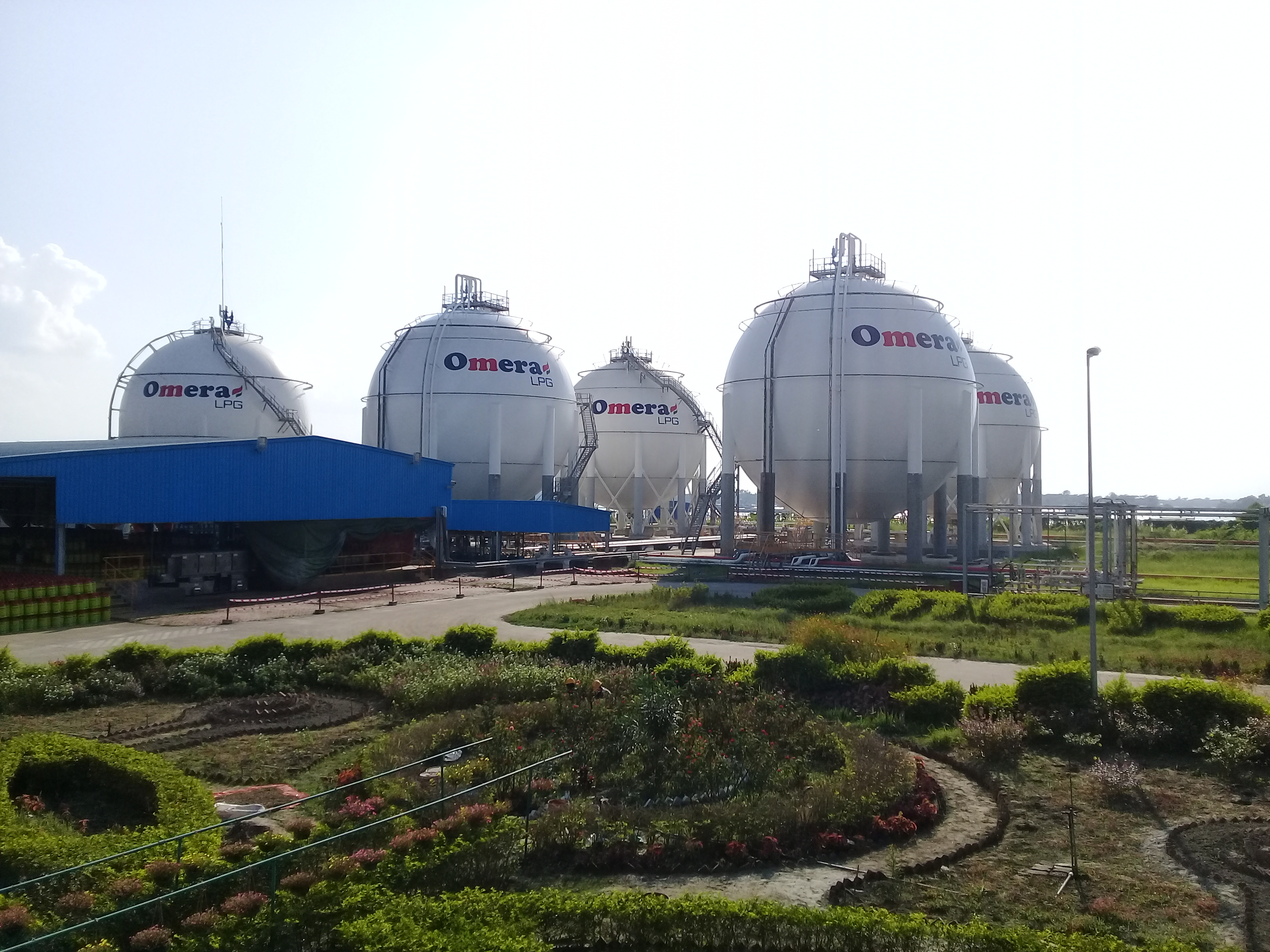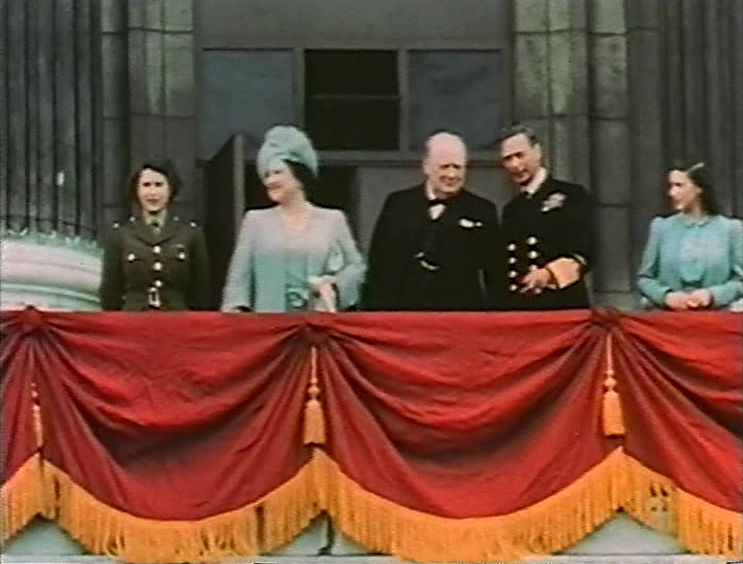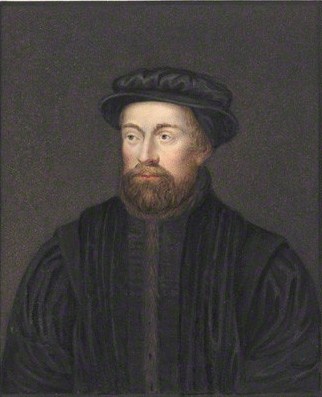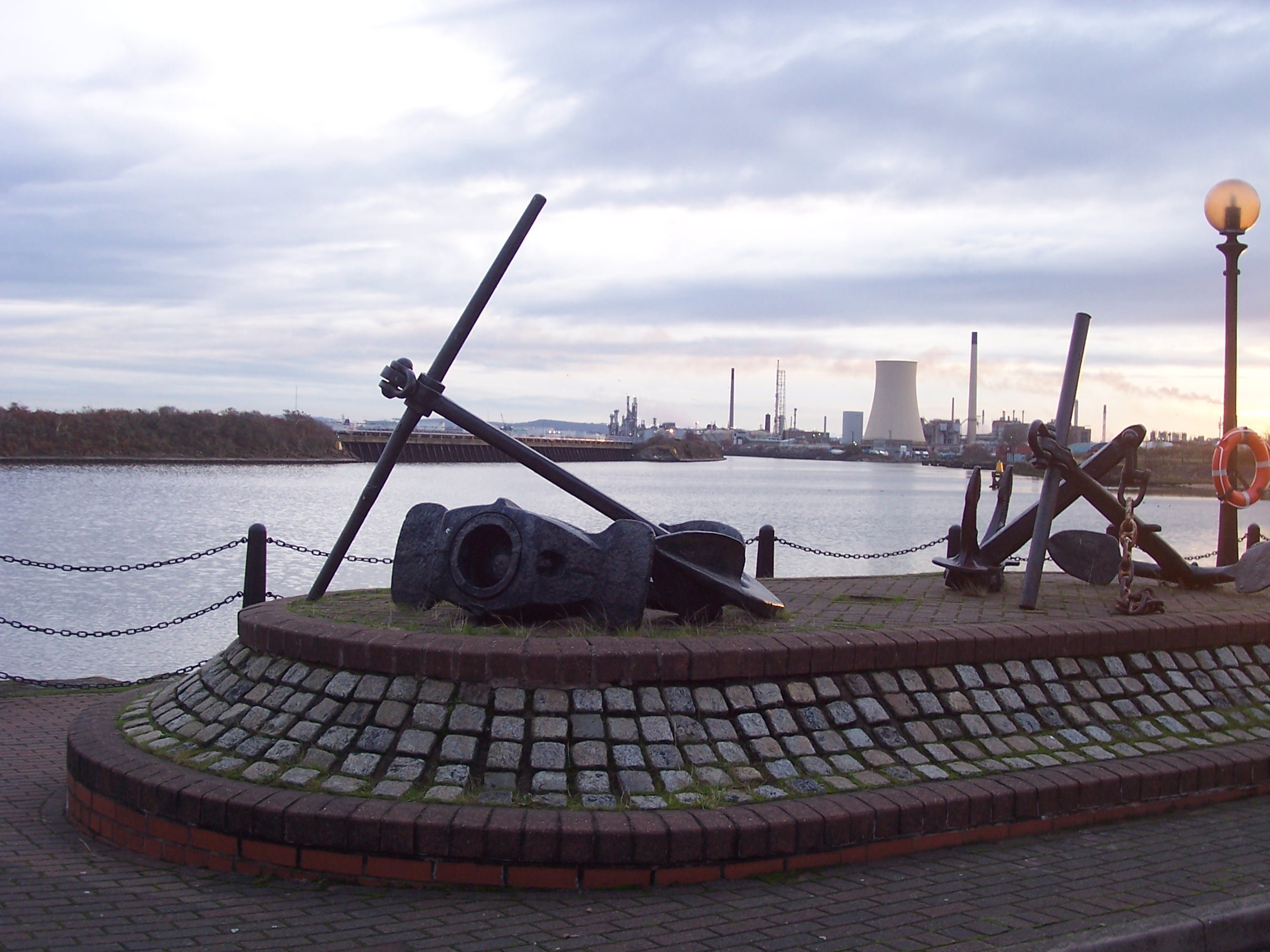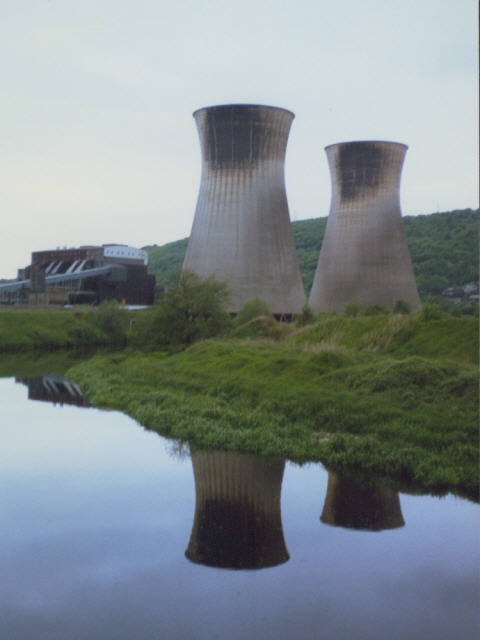|
Calor Gas
Calor is a brand of bottled butane and propane which is available in Britain and Ireland. It comes in cylinders, which have a special gas regulator. The company was formed in 1935, and is one of the UK's largest suppliers of liquefied petroleum gas (LPG). It is currently servicing around 4 million homes and businesses, supplying LPG to power gas appliances from central heating and hot water, as well as cookers, fires and barbecues. The company predominantly supplies LPG to homes in rural areas where there is no mains natural gas supply. In the United Kingdom, Calor is part of the SHV Gas Group a private Dutch company. Calor originally dealt only with cooking and heating appliances, but now covers a wider range of products for home, business, and automotive fuels. Such was the company's ubiquity at one point that the term "Calor Gas" became a generic term in the UK for all bottled LPG canisters and LPG-fuelled appliances. History In 1934, Ritchie Gill, a Cornishman who had ... [...More Info...] [...Related Items...] OR: [Wikipedia] [Google] [Baidu] |
Liquefied Petroleum Gas
Liquefied petroleum gas, also referred to as liquid petroleum gas (LPG or LP gas), is a fuel gas which contains a flammable mixture of hydrocarbon gases, specifically propane, Butane, ''n''-butane and isobutane. It can also contain some propylene, butylene, and isobutylene/Isobutylene, isobutene. LPG is used as a fuel gas in HVAC, heating appliances, cooking equipment, and vehicles, and is used as an aerosol propellant and a refrigerant, replacing chlorofluorocarbons in an effort to reduce the damage it causes to the ozone layer. When specifically used as a vehicle fuel, it is often referred to as autogas or just as Autogas#Terminology variations and confusion, gas. Varieties of LPG that are bought and sold include mixes that are mostly propane (), mostly butane (), and, most commonly, mixes including both propane and butane. In the northern hemisphere winter, the mixes contain more propane, while in summer, they contain more butane. In the United States, mainly two grad ... [...More Info...] [...Related Items...] OR: [Wikipedia] [Google] [Baidu] |
Elizabeth II Of The United Kingdom
Elizabeth II (Elizabeth Alexandra Mary; 21 April 19268 September 2022) was Queen of the United Kingdom and other Commonwealth realms from 6 February 1952 until her death in 2022. She had been queen regnant of 32 sovereign states during her lifetime and was the monarch of 15 realms at her death. Her reign of 70 years and 214 days is the longest of any British monarch, the second-longest of any sovereign state, and the longest of any queen regnant in history. Elizabeth was born in Mayfair, London, during the reign of her paternal grandfather, King George V. She was the first child of the Duke and Duchess of York (later King George VI and Queen Elizabeth The Queen Mother). Her father acceded to the throne in 1936 upon the abdication of his brother Edward VIII, making the ten-year-old Princess Elizabeth the heir presumptive. She was educated privately at home and began to undertake public duties during the Second World War, serving i ... [...More Info...] [...Related Items...] OR: [Wikipedia] [Google] [Baidu] |
Little Saxham
Little Saxham is a village and former civil parish, now in the parish of The Saxhams, in the West Suffolk district, in the county of Suffolk, England. The village appears as ''Sexham'' in the Domesday Book and as ''Saxham Parva'' in 1254. In 1961 the parish had a population of 92. On 1 April 1988 the parish was merged with Great Saxham to form "The Saxhams". Little Saxham St. Nicholas Its church, St Nicholas, is one of 38 existing round-tower churches in Suffolk. Architecture The church is almost entirely of flint construction, the round tower also of flint, having little to reveal the age of building except for the obviously Romanesque arcading in the upper part. The tower resembles the one at nearby Risby - perhaps it is, in the lower part at least, by the same builder, as there are no other round-tower churches nearby. It tapers slightly from bottom to top, a lower window (apparently also Romanesque) having a zigzag design round the sides and arch. A small window in th ... [...More Info...] [...Related Items...] OR: [Wikipedia] [Google] [Baidu] |
Cranbrook, Kent
Cranbrook is a town in the civil parish of Cranbrook and Sissinghurst, in the Weald of Kent in South East England. It lies roughly half-way between Maidstone and Hastings, about southeast of central London. The smaller settlements of Sissinghurst, Swattenden, Colliers Green and Hartley, Cranbrook, Hartley lie within the civil parish. The population of the parish was 6,717 in 2011. History The place name Cranbrook derives from Old English ''cran bric'', meaning Crane (bird), Crane Marsh, marshy ground frequented by cranes (although more probably herons). Spelling of the place name has evolved over the centuries from ''Cranebroca'' (c. 1100); by 1226 it was recorded as ''Cranebroc'', then Cranebrok. By 1610 the name had become Cranbrooke, which evolved into the current spelling. There is evidence of early activity here in the Roman period at the former Little Farningham Farm where a substantial iron working site was investigated in the 1950s. In 2000 the site was the subj ... [...More Info...] [...Related Items...] OR: [Wikipedia] [Google] [Baidu] |
Ellesmere Port
Ellesmere Port ( ) is a port town in the Cheshire West and Chester borough in Cheshire, England. Ellesmere Port is on the south-eastern edge of the Wirral Peninsula, north of Chester, on the bank of the Manchester Ship Canal. In the 2021 United Kingdom census, 2021 census, the built up area had a population of 65,430. The town was originally established on the River Mersey at the entrance to the Ellesmere Canal. As well as a service sector economy, it has retained large industries including Stanlow Refinery, Stanlow oil refinery, a chemical works and the Vauxhall Motors car factory. There are also a number of tourist attractions including the National Waterways Museum, Ellesmere Port, National Waterways Museum, the Blue Planet Aquarium and Cheshire Oaks Designer Outlet. History The town of Ellesmere Port was founded at the outlet of the never-completed Ellesmere Canal, named after the town of Ellesmere, Shropshire. The canal (now renamed) was designed and engineered by Wil ... [...More Info...] [...Related Items...] OR: [Wikipedia] [Google] [Baidu] |
Elland
Elland is a market town in Calderdale, in the county of West Yorkshire, England. It is situated south of Halifax, by the River Calder and the Calder and Hebble Navigation. Elland was recorded as ''Elant'' in the Domesday Book of 1086. It had a population in 2001 of 14,554, with the ward being measured at 11,676 in the 2011 Census. Etymology The name of Elland is attested in the 1086 Domesday Book as ''Elant''. The name comes from the Old English words ''ēa'' ('river') and ''land'' ('land'); the name relates to the settlement's location on the south bank of the Calder. History Elland retained continuity of tenure from before the Norman Conquest into the Middle Ages, as the Elland family were descended from Anglo-Saxon thegns. The Manor of Elland, with Greetland and Southowram, formed an exclave of the Honour of Pontefract in the surrounding Manor of Wakefield. In 1350 Sir John de Eland was murdered, as were his son and grandson in the following year, which extinguished ... [...More Info...] [...Related Items...] OR: [Wikipedia] [Google] [Baidu] |
Stoney Stanton
Stoney Stanton is a large village in the Blaby district of Leicestershire, England, with a population of over 3,454 in 2001, which had increased to 3,793 at the 2011 census. It constitutes a civil parish. The village lies five miles east of Hinckley, just to the east of the M69. Nearby villages include Croft and Sapcote. It is ten miles from Leicester. History The village is of ancient origin, being mentioned in the ''Domesday Survey'' of Leicestershire (1086): In Guthlaxton Wapentake…. Robert the Bursar holds in STANTONE 6 caracutes of land. Land for ��….ploughs7 villagers with 3 smallholders have 3 ploughs; 4 free men; meadow, 12 acres; woodland 3 furlongs long and 1 furlong wide. The value was and is 20s. As may be gathered from its name, Stoney Stanton is set on rocky outcrops of igneous rock, granodiorite, a fact which has had its influence on its history. Even in the eighteenth century, parish records show that gravel and stone were being removed from Carey (or ... [...More Info...] [...Related Items...] OR: [Wikipedia] [Google] [Baidu] |
Port Clarence
Port Clarence is a small village in the borough of Stockton-on-Tees, County Durham, England. It is on the north bank of the River Tees, and near the northern end of the Middlesbrough Transporter Bridge. History Formerly known as Samphire Batts, it is situated on the River Tees. As the Industrial Revolution took shape and ships got bigger, access to Stockton became harder, and so colliery owners needed better access to the North Sea. It became known as Port Clarence following a visit by the then Duke of Clarence, who would later become King William IV. 19th century Investors created the Clarence Railway which connected Stockton to the newly developed port at Samphire Batts, and also Haverton Hill, a upstream. The village was hence renamed after the port. Meanwhile, its great rival the Stockton and Darlington Railway extended to Middlesbrough, on the opposite side of the river. The S&DR extension was completed by 1830, while the CR was completed by 1833. The opening of the rai ... [...More Info...] [...Related Items...] OR: [Wikipedia] [Google] [Baidu] |
Grangemouth
Grangemouth (; , ) is a town in the Falkirk (council area), Falkirk council area in the central belt of Scotland. Historically part of the Counties of Scotland, county of Stirlingshire, the town lies in the Forth Valley, on the banks of the Firth of Forth, east of Falkirk, west of Bo'ness and south-east of Stirling. Grangemouth had a resident population of 17,906 according to the United Kingdom Census 2001, 2001 Census. Preliminary figures from the 2011 census reported the number as 17,373. Grangemouth's original growth as a town relied mainly on its geographical location. Originally a bustling port, trade flowed through the town with the construction of the Forth and Clyde Canal in the 18th century. Nowadays, the economy of Grangemouth is focused primarily on the large petrochemical industry of the area which includes the Grangemouth Refinery, oil refinery, owned by Ineos, one of the largest of its kind in Europe. The town is twinned with La Porte, Indiana, U.S.. Residents o ... [...More Info...] [...Related Items...] OR: [Wikipedia] [Google] [Baidu] |
Shareholder
A shareholder (in the United States often referred to as stockholder) of corporate stock refers to an individual or legal entity (such as another corporation, a body politic, a trust or partnership) that is registered by the corporation as the legal owner of shares of the share capital of a public or private corporation. Shareholders may be referred to as members of a corporation. A person or legal entity becomes a shareholder in a corporation when their name and other details are entered in the corporation's register of shareholders or members, and unless required by law the corporation is not required or permitted to enquire as to the beneficial ownership of the shares. A corporation generally cannot own shares of itself. The influence of shareholders on the business is determined by the shareholding percentage owned. Shareholders of corporations are legally separate from the corporation itself. They are generally not liable for the corporation's debts, and the shareholders ... [...More Info...] [...Related Items...] OR: [Wikipedia] [Google] [Baidu] |
David And Frederick Barclay
Sir David Rowat Barclay (27 October 1934 – 10 January 2021) and Sir Frederick Hugh Barclay (born 27 October 1934), commonly referred to as the "Barclay Brothers" or "Barclay Twins", were British billionaire brothers, of whom Frederick Barclay is now the sole survivor. They were identical twin, identical twins and, until David's death in 2021, had joint business interests primarily in media, retail and property. Sunday Times Rich List, ''The Sunday Times'' Rich List of 2020 estimated their wealth at £7 billion. They earned a reputation for avoiding publicity and have often been described as reclusive. David's son, Aidan, manages their UK businesses. Their businesses have been accused of tax avoidance, by placing assets under ownership of companies registered abroad and controlled through trusts. Their Press Holdings company owns ''Apollo (magazine), Apollo'' and ''The Spectator (1828), The Spectator'' magazines and, through a wholly owned subsidiary (Press Acquisitions L ... [...More Info...] [...Related Items...] OR: [Wikipedia] [Google] [Baidu] |
